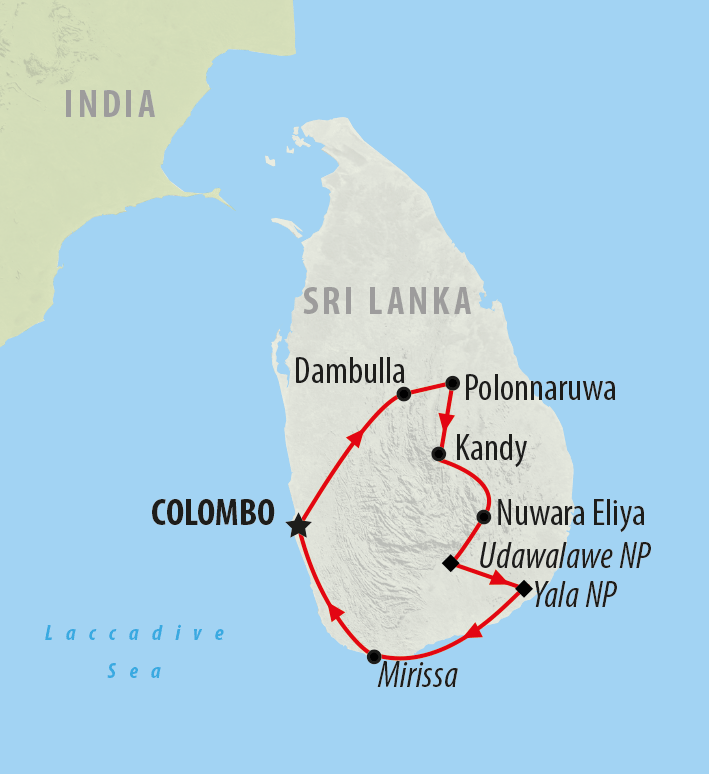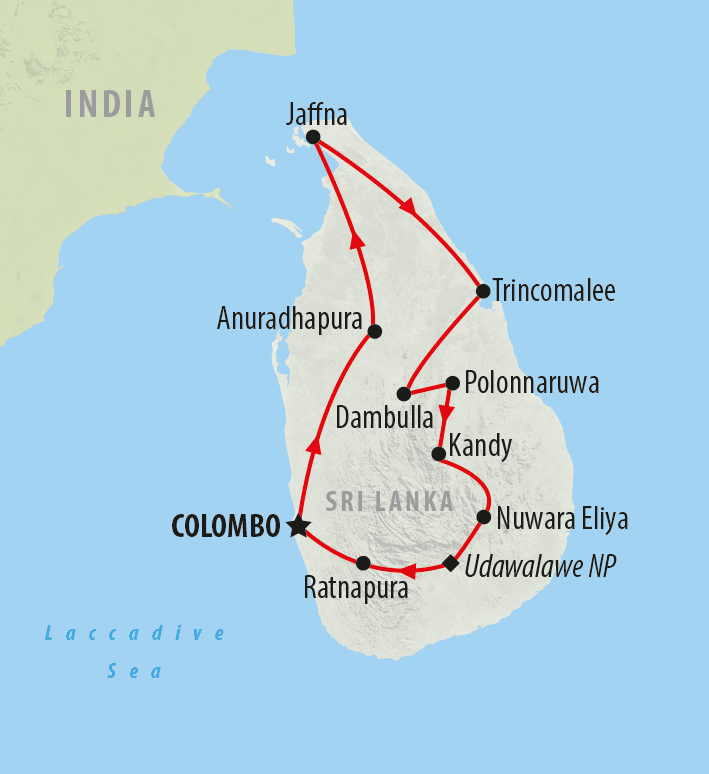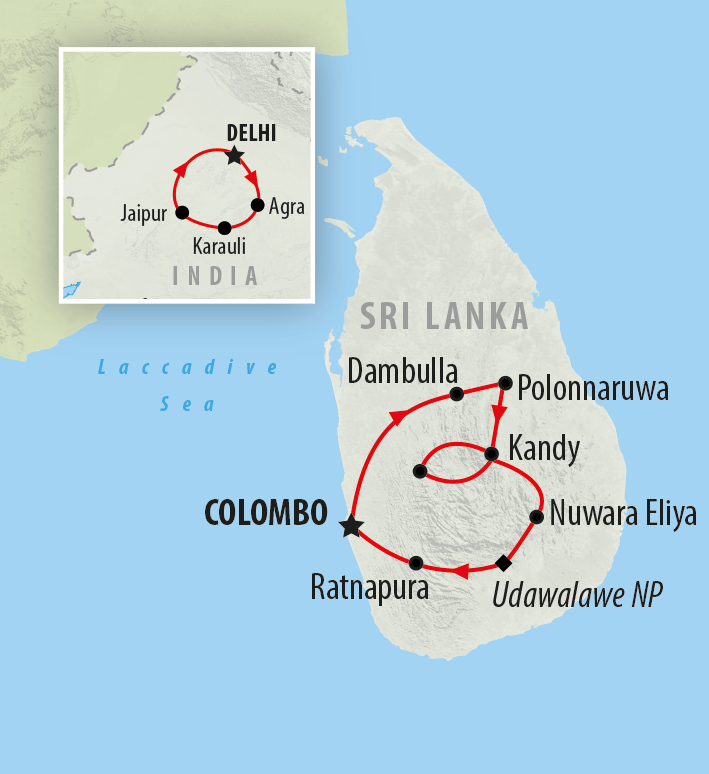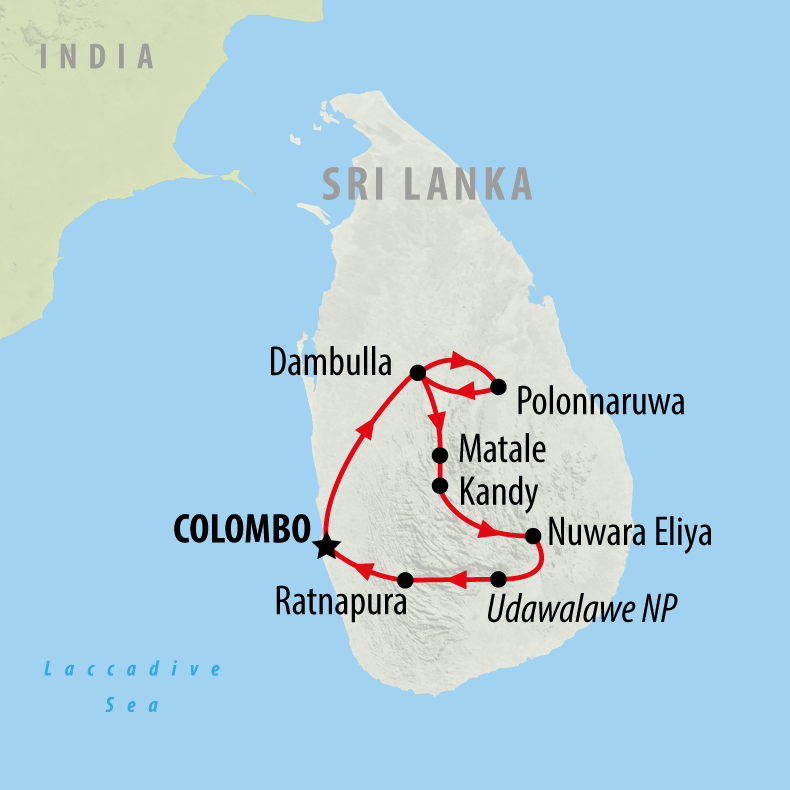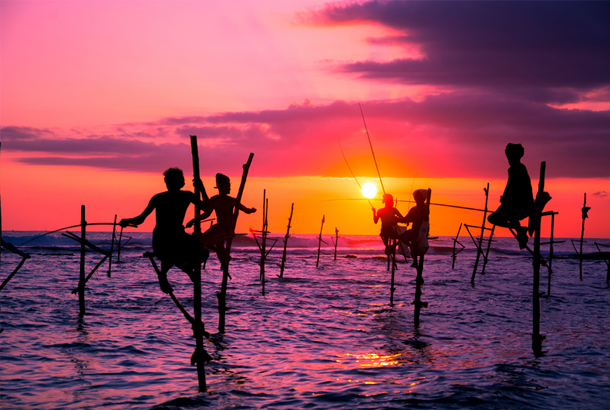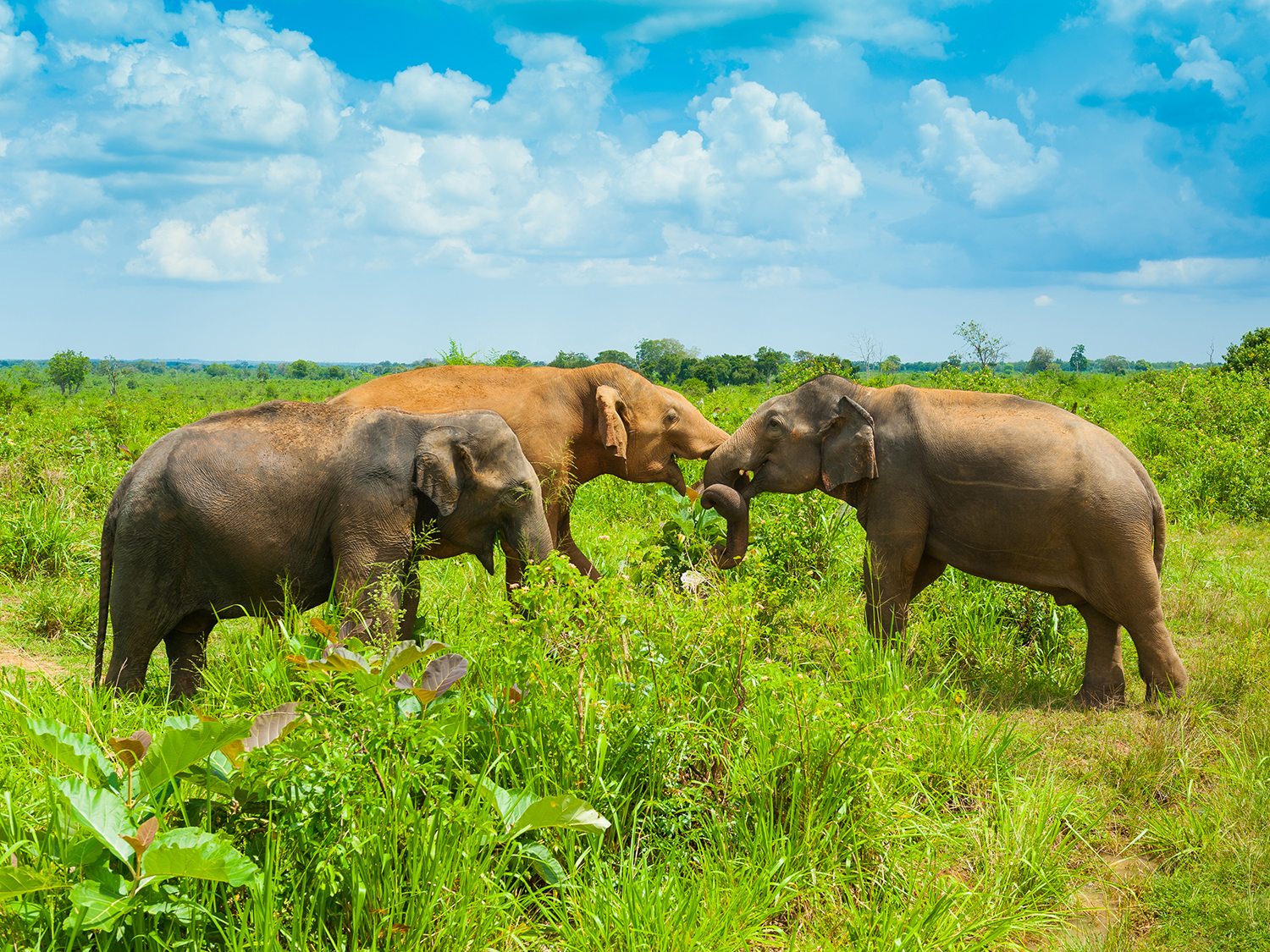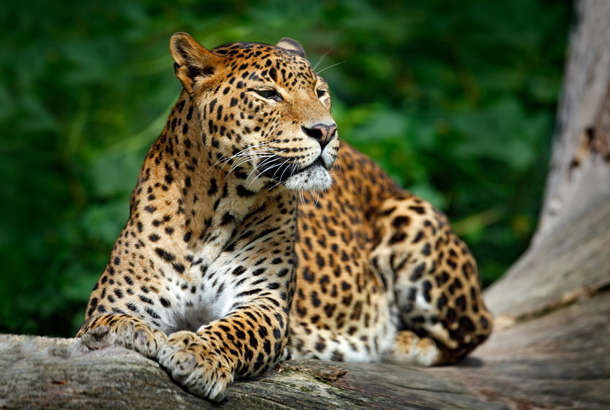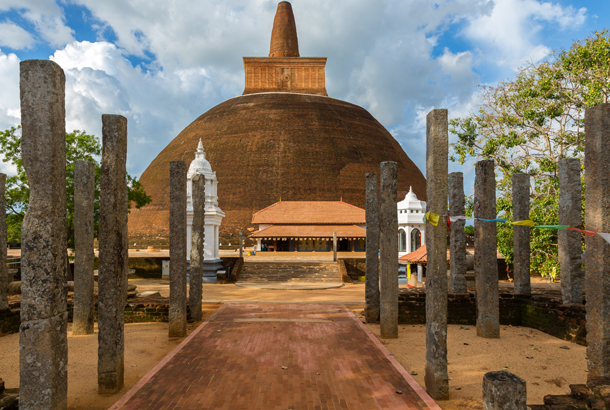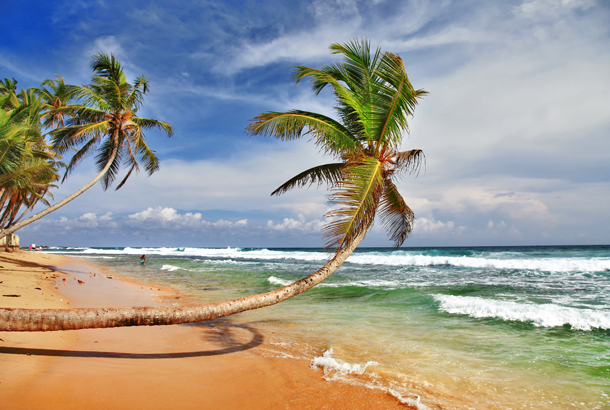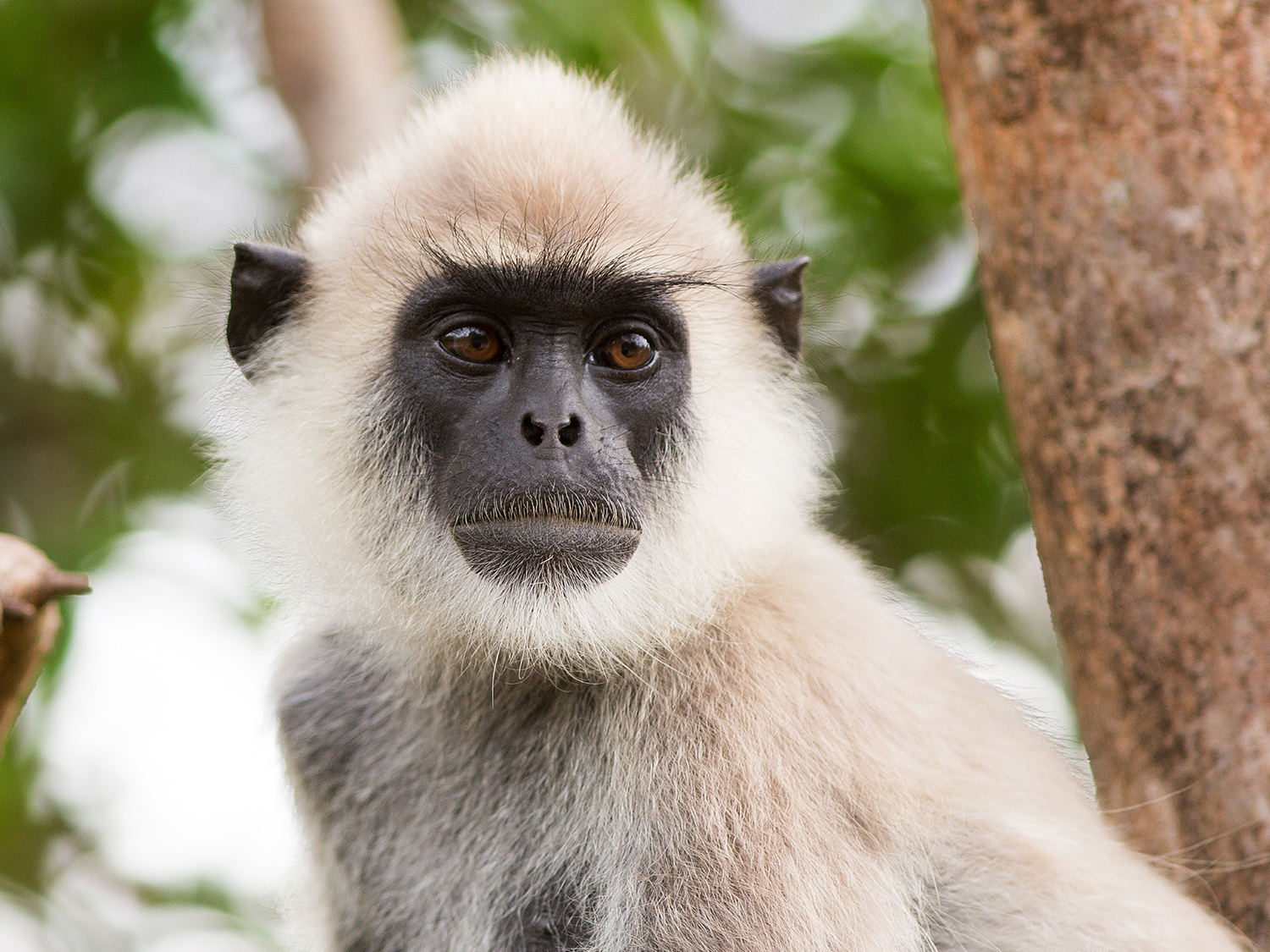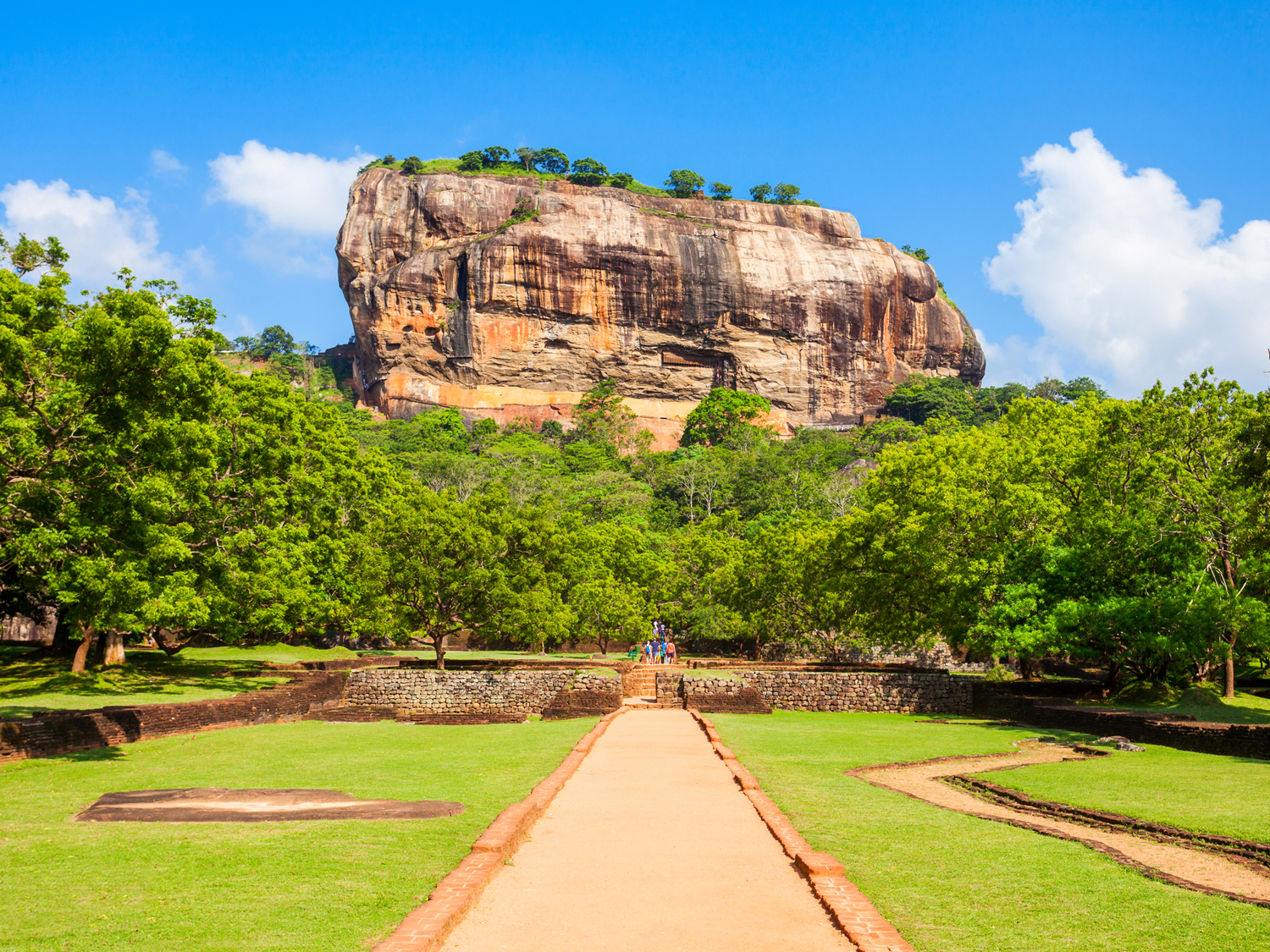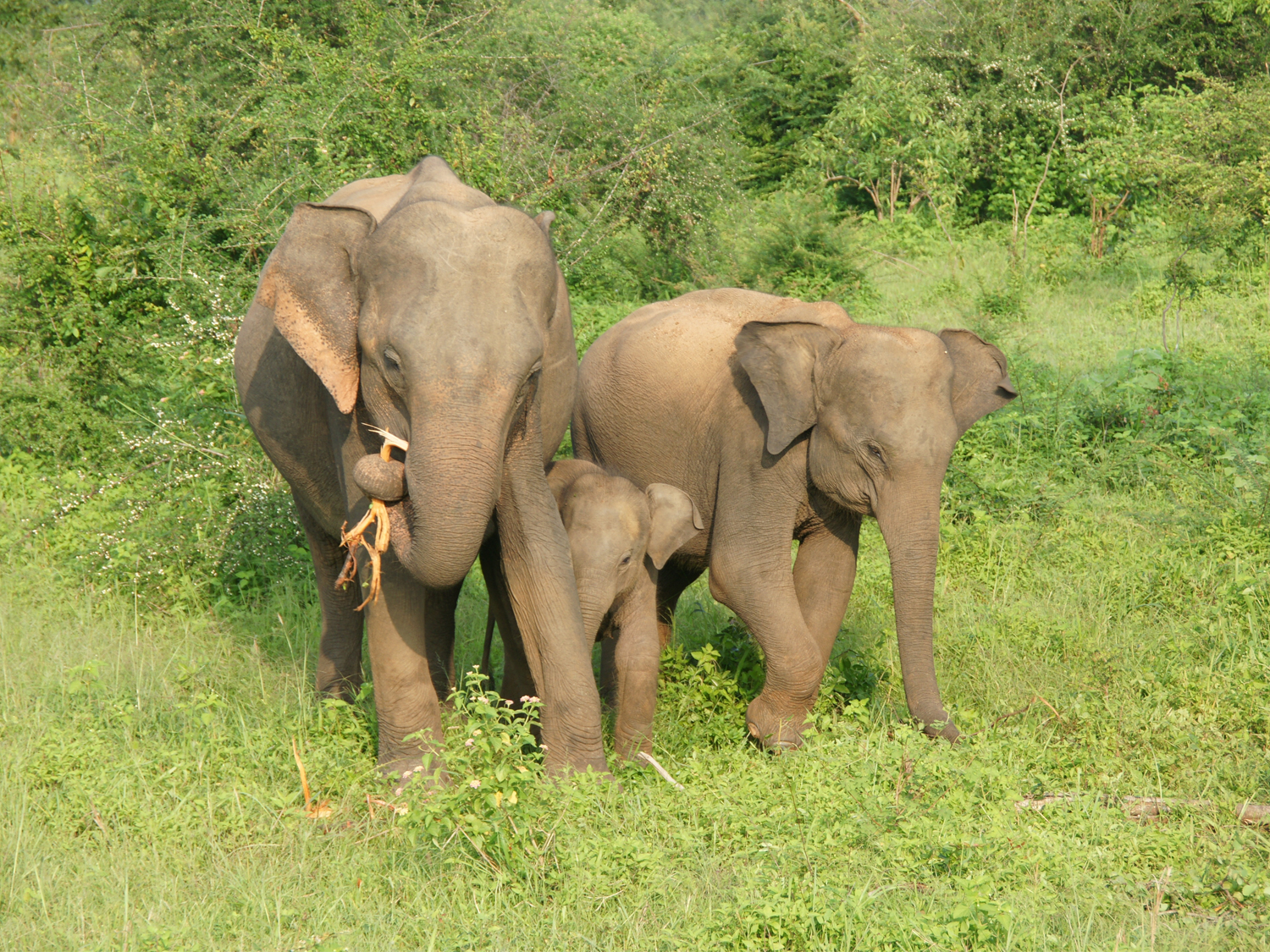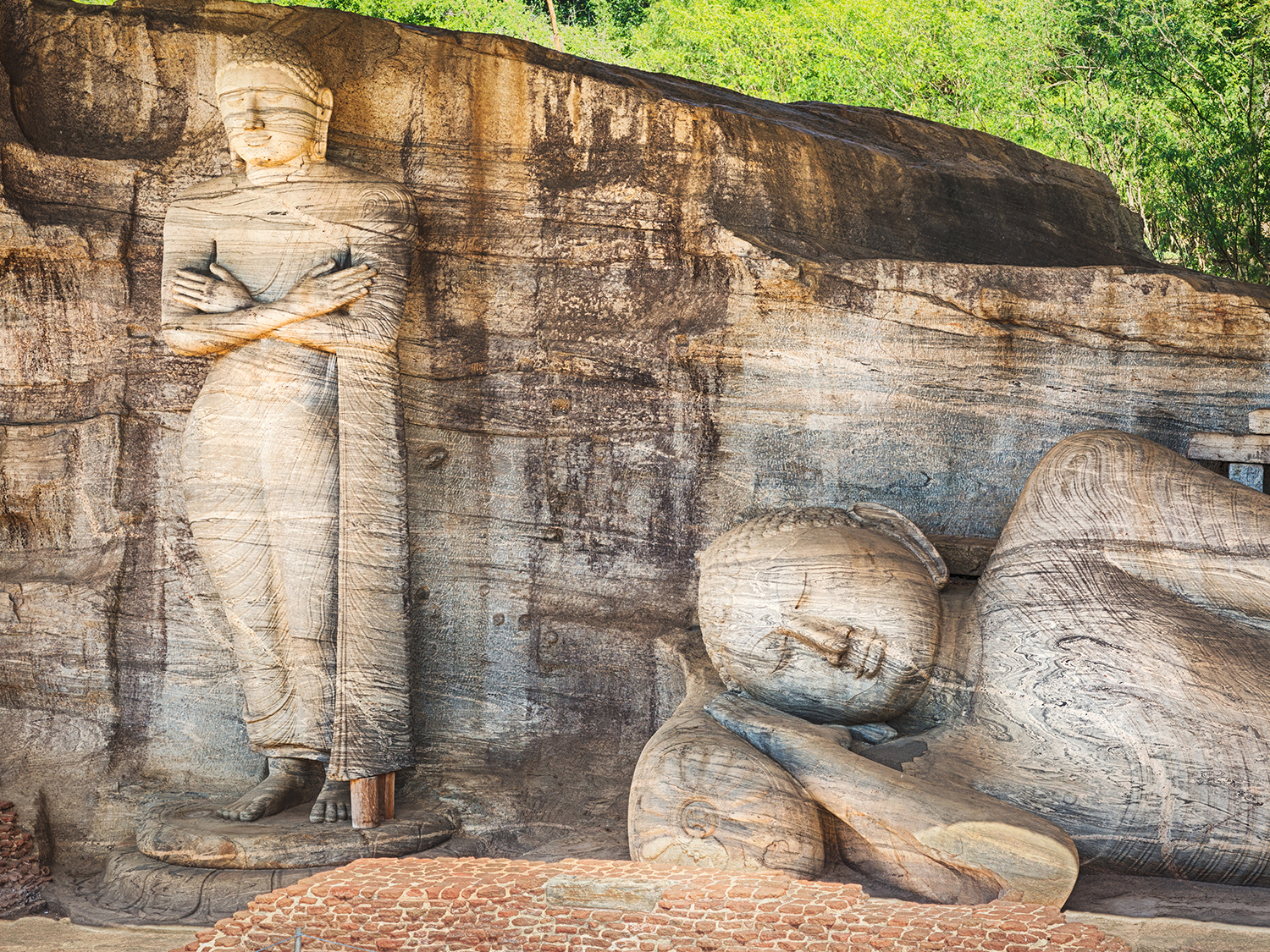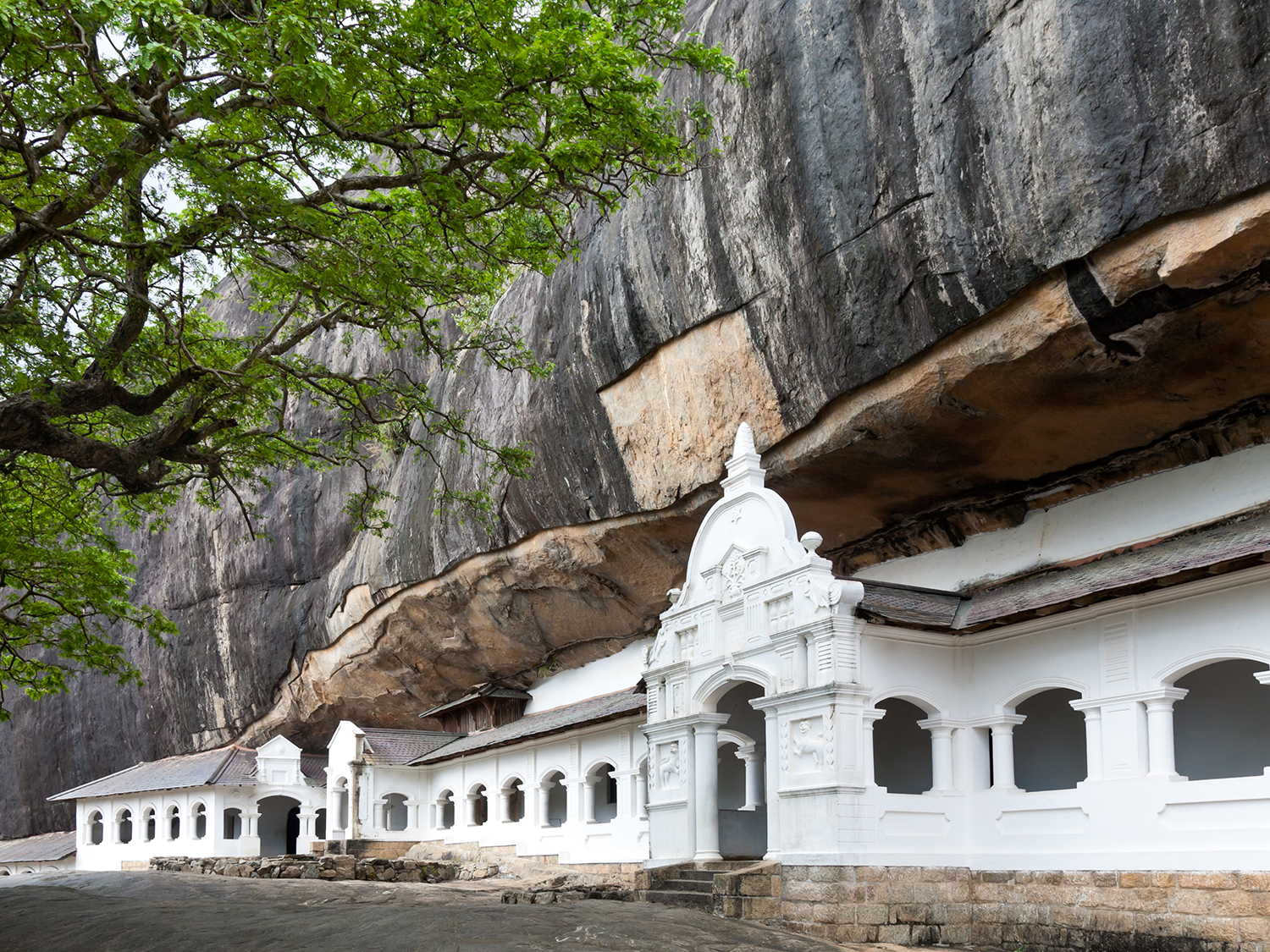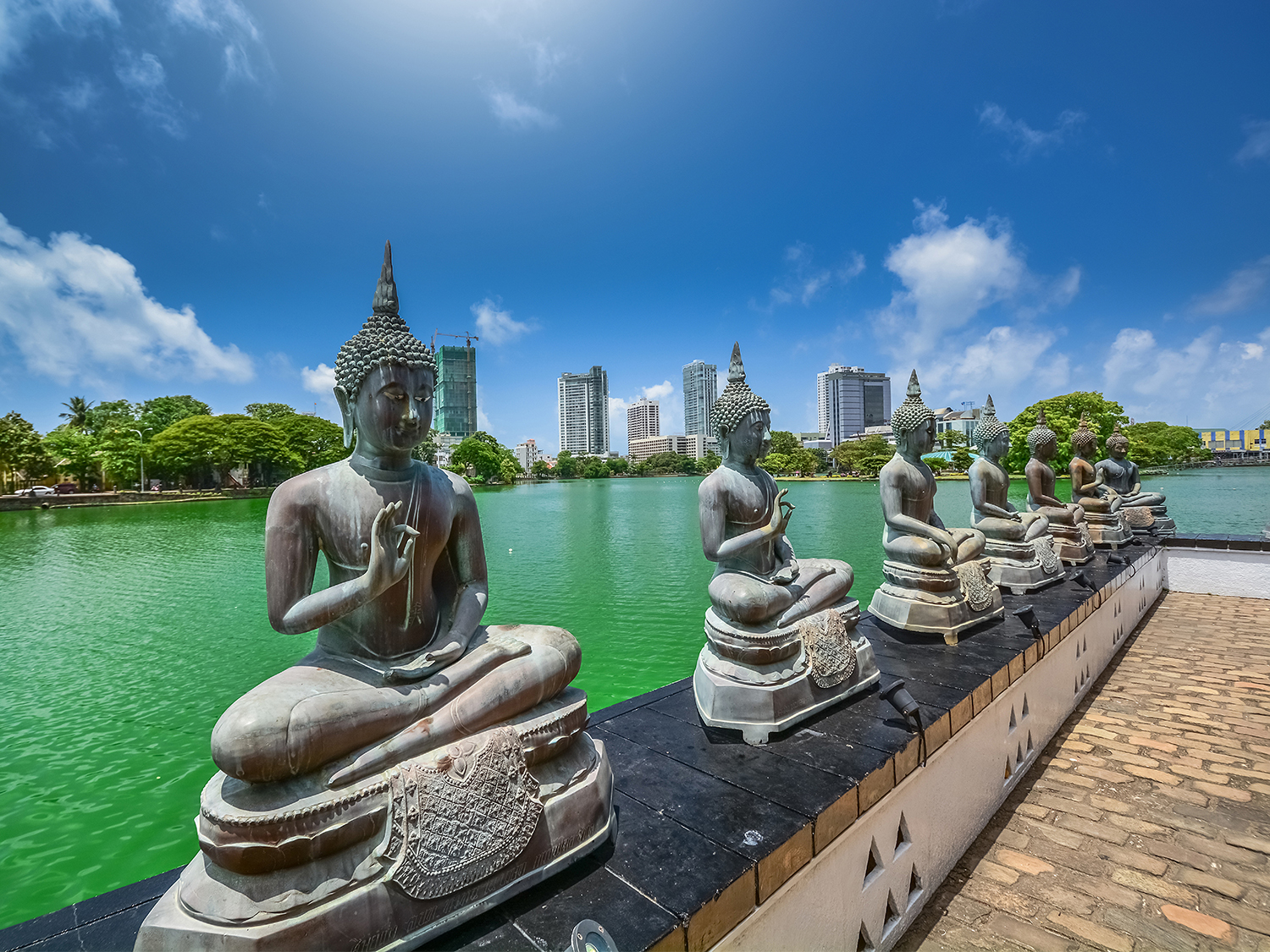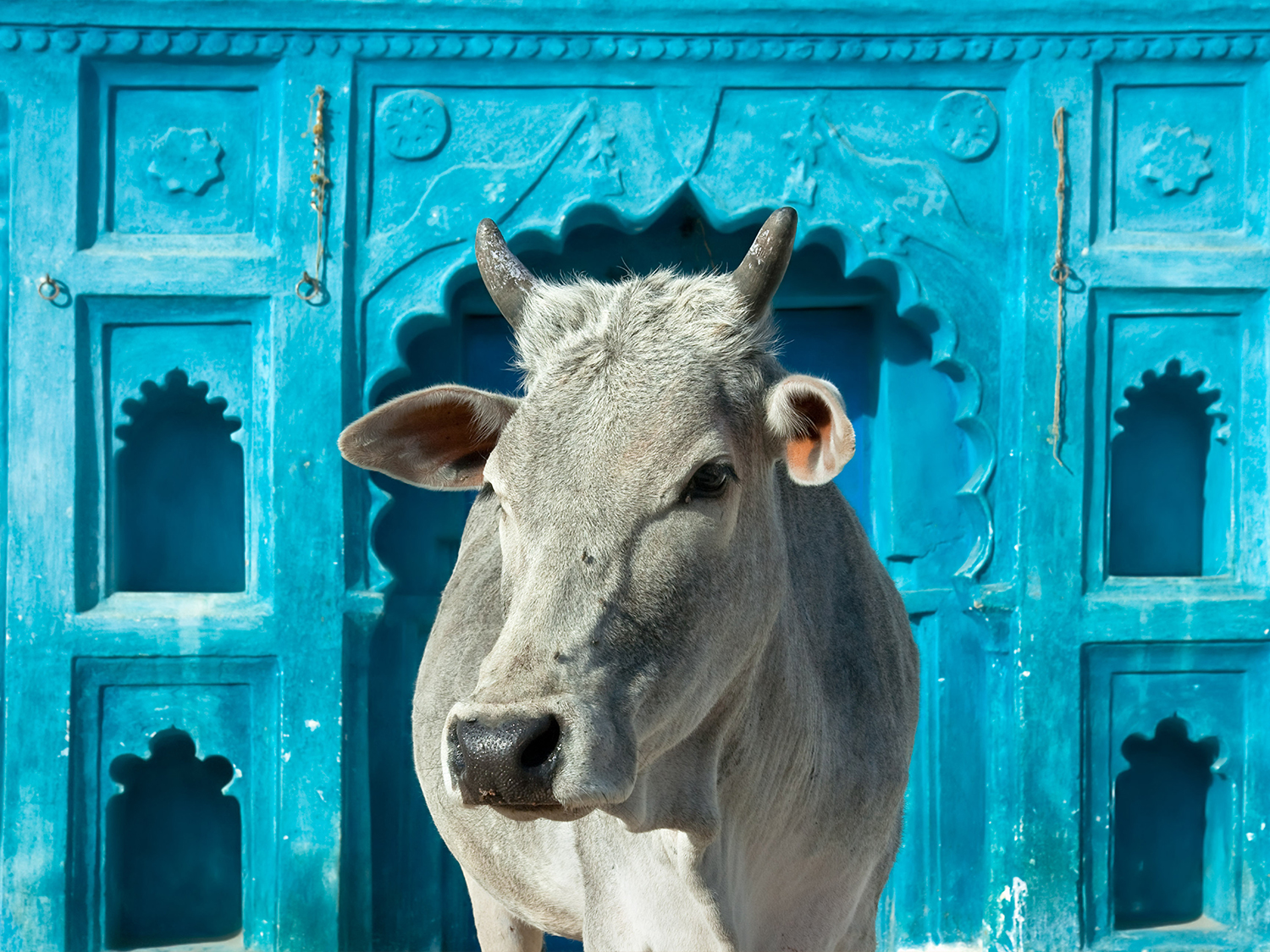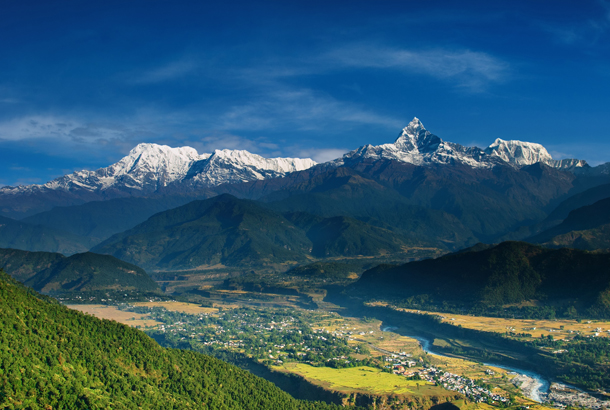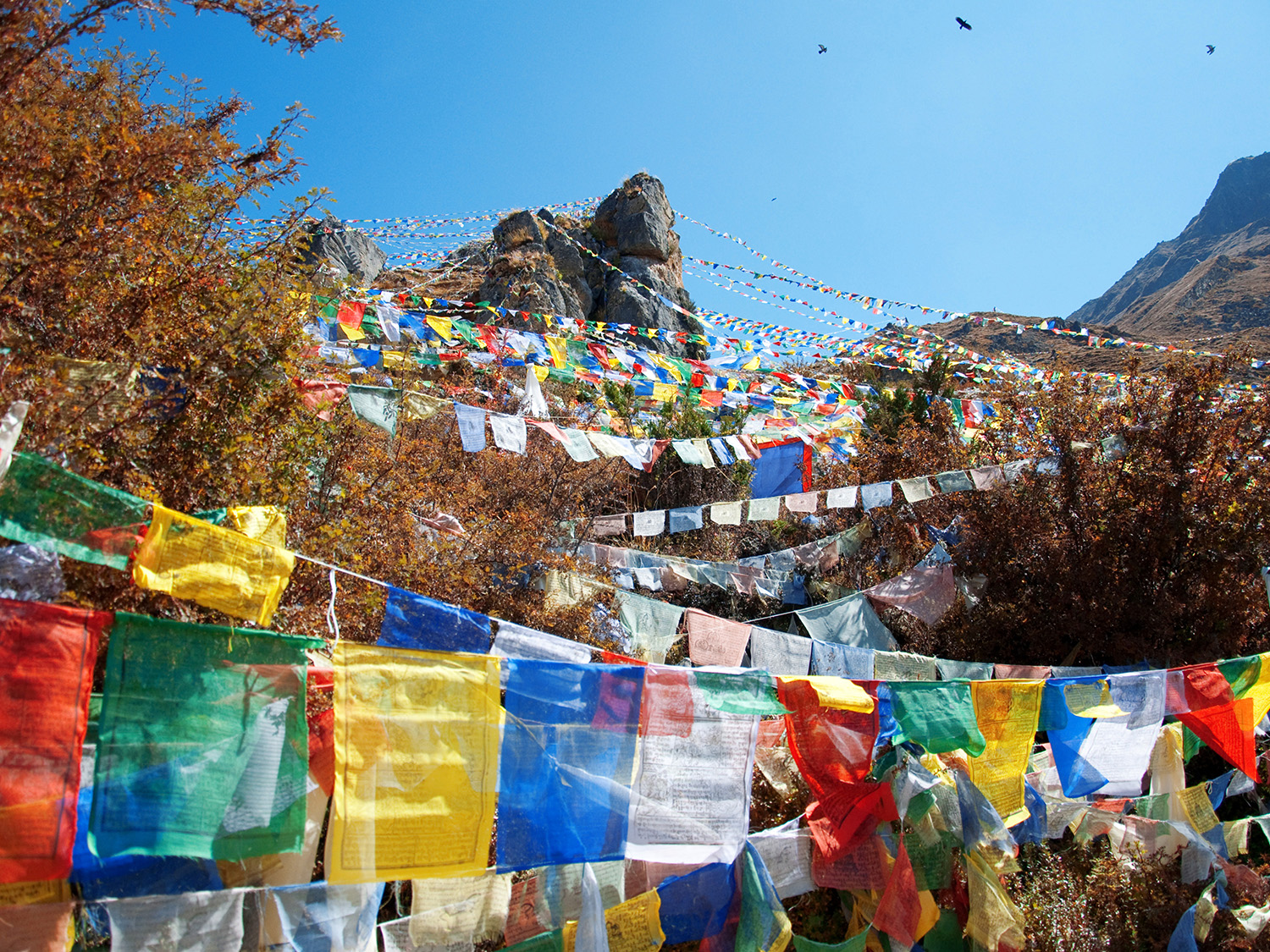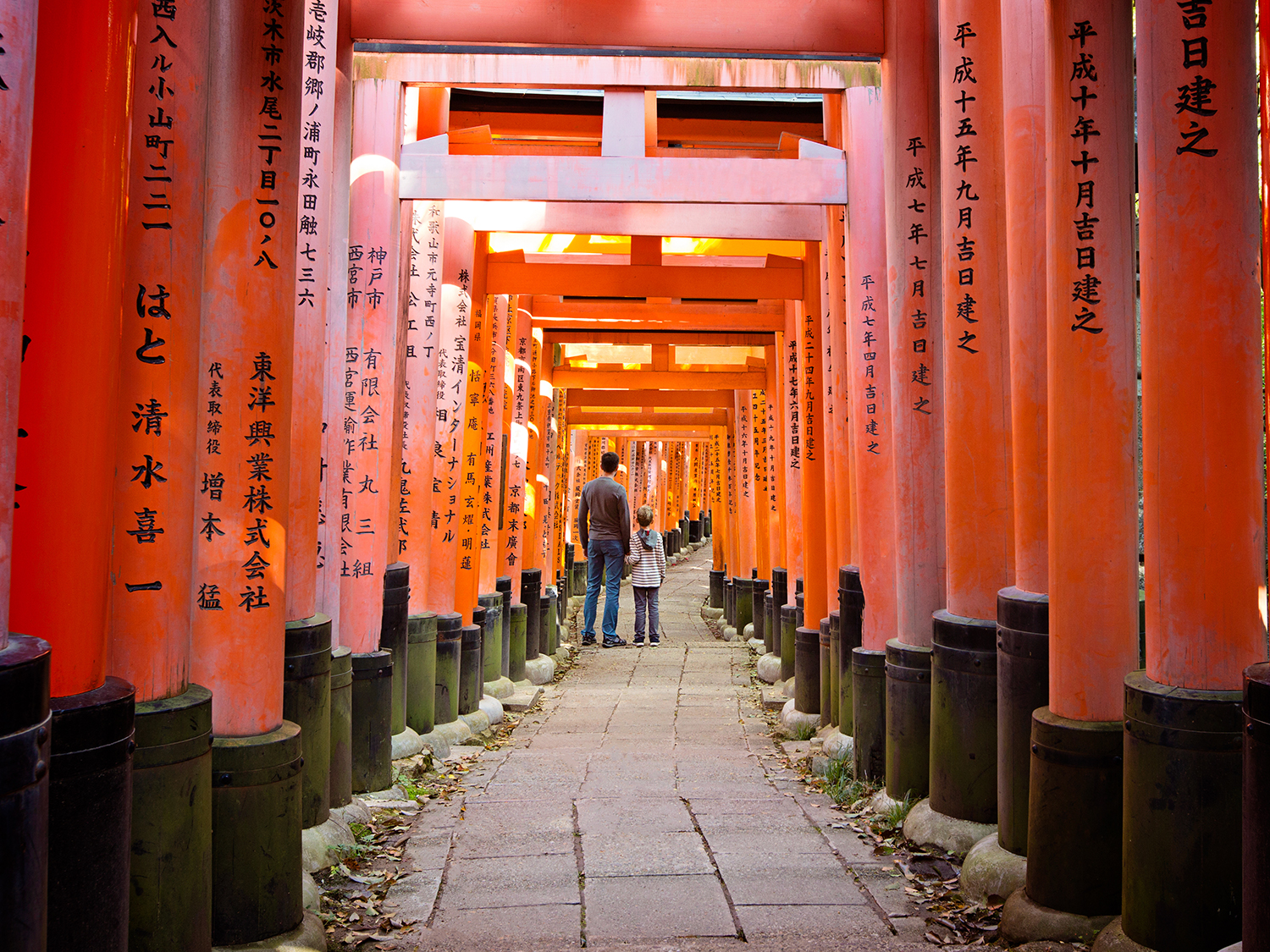Trips and Tours to Polonnaruwa in Sri LankaDiscover the beauty of this ancient city on an expertly guided tour
When do you want to go?
2024
I'm flexible
Passengers
Adults (18+)
Children (0 - 17)
About Polonnaruwa
An ancient and compact city, Polonnaruwa houses many wonders of ancient Sri Lanka. The most famous of which being the Gal Vihara, a complex of buddha figures one sat, one reclining, and one stood up. The statues are some of the most sacred monuments in Sri Lanka. Polonnaruwa was built up in the late 11th century into a magnificent walled city, complete with monasteries, temples, places, bathing pools and a vast reservoir that is still in use today.
The ancient city was declared a UNESCO World Heritage Site and attracts many visitors every year and is known as one of the most beautiful cities in Sri Lanka.
Tours to Polonnaruwa
Discover the rich history and stunning ancient architecture of Polonnaruwa on a guided tour.
What to expect at Polonnaruwa
When visiting Polonnaruwa, you can expect a fascinating journey through Sri Lanka’s ancient history and culture. This UNESCO World Heritage site, once a bustling medieval capital, is renowned for its remarkably well-preserved ruins and historical monuments. As you explore the city, you’ll encounter awe-inspiring structures such as the towering Parakrama Samudra, an impressive reservoir that showcases the engineering prowess of the era. The archaeological park is dotted with stunning ruins including the Royal Palace, the Gal Vihara rock temple with its serene Buddha statues, and the intricate remains of various temples and stupas. Be prepared to spend several hours wandering through the expansive grounds, taking in the rich tapestry of medieval art and architecture. The serene atmosphere and lush surroundings make Polonnaruwa not only a historical treasure trove but also a peaceful retreat into the past.
Polonnaruwa what to see
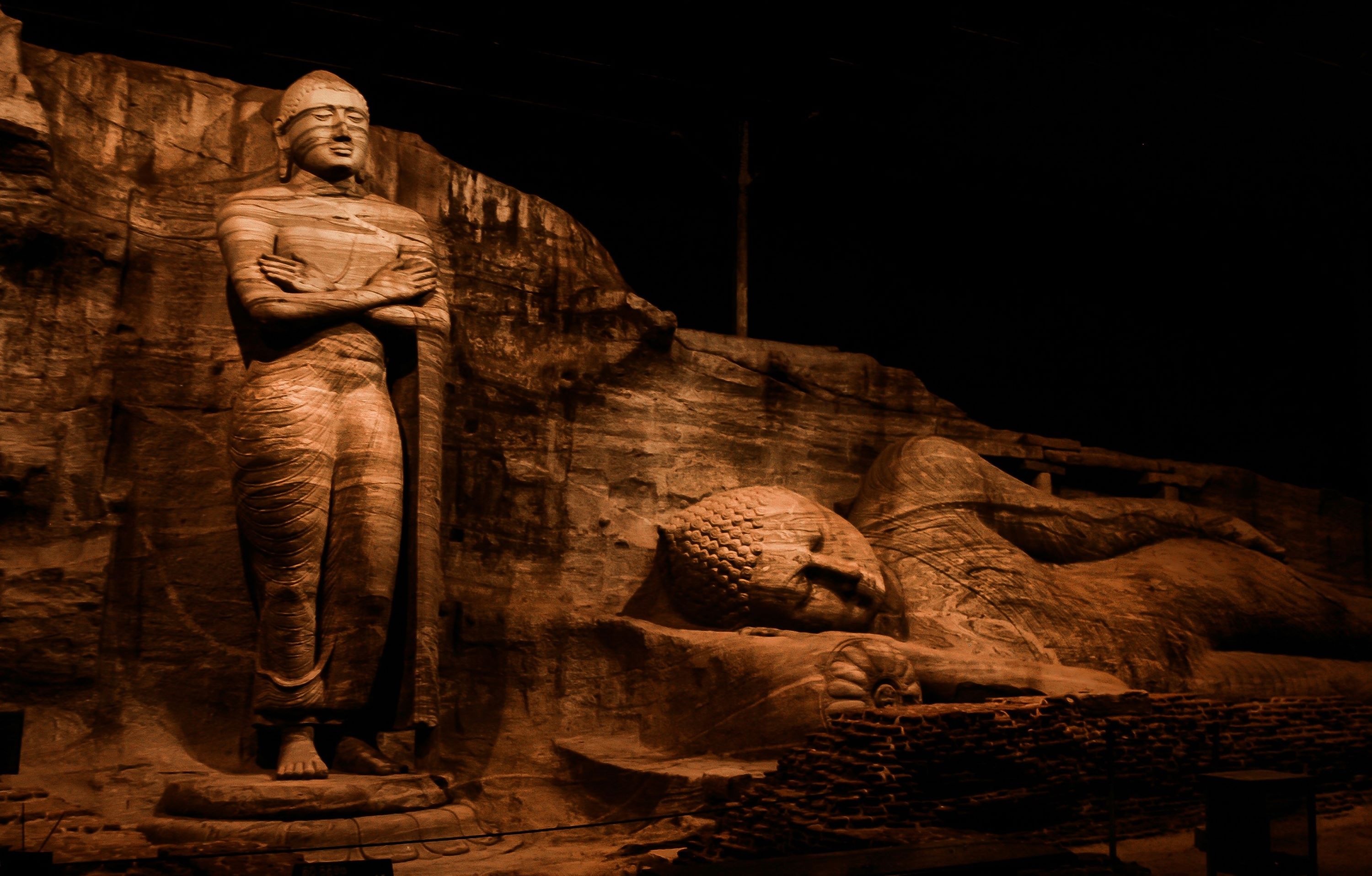
The Gal Vihara
Discover the timeless splendour of the Gal Vinhara, an extraordinary rock temple nestled in the heart of Sri Lanka's ancient city of Polonnaruwa. Carved into a massive granite boulder during the 12th century, this remarkable site features a series of stunning Buddha statues, each intricately detailed and exuding an air of serene majesty. The central figure, a colossal reclining Buddha, offers a breath-taking display of artistry and devotion, while the standing and seated statues surrounding it showcase the beauty of ancient Sri Lankan craftsmanship. As you explore this UNESCO World Heritage site, you'll be captivated by the tranquil atmosphere and grandeur of the Gal Vinhara.
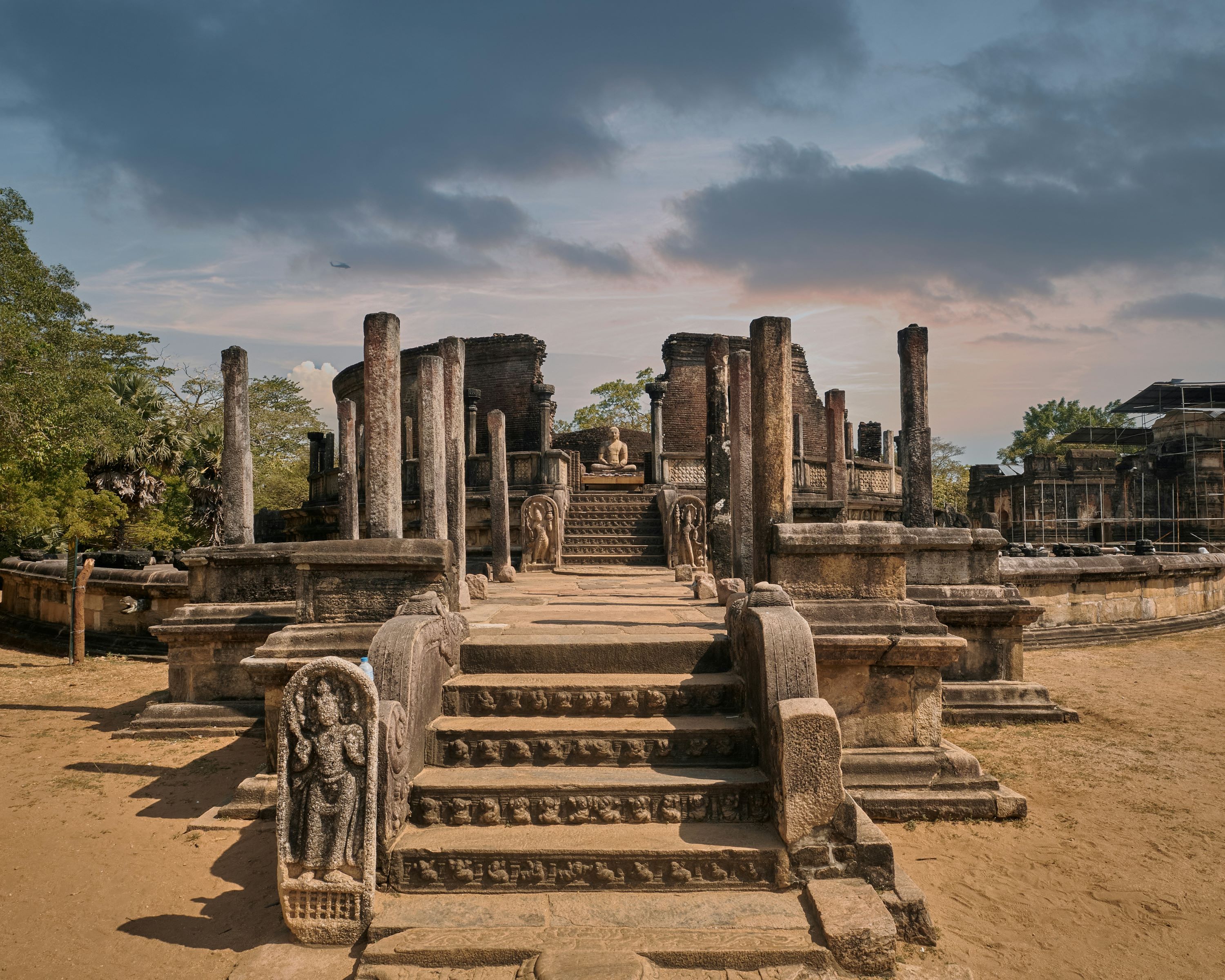
Polonnaruwa Vatadage
The Polonnaruwa Vatadage is a remarkable ancient structure in Sri Lanka that stands as a testament to the island’s rich historical and architectural heritage. Built during the 12th century, this circular relic house was originally designed to enshrine sacred relics of the Buddha. Its design features a central stupa surrounded by a series of concentric rings of stone, each adorned with intricately carved guardstones, beautifully preserved pillars, and ornately decorated gateways. The Vatadage’s sophisticated craftsmanship and intricate carvings reflect the grandeur of the Polonnaruwa period, offering a captivating glimpse into the artistic and religious culture of ancient Sri Lanka.
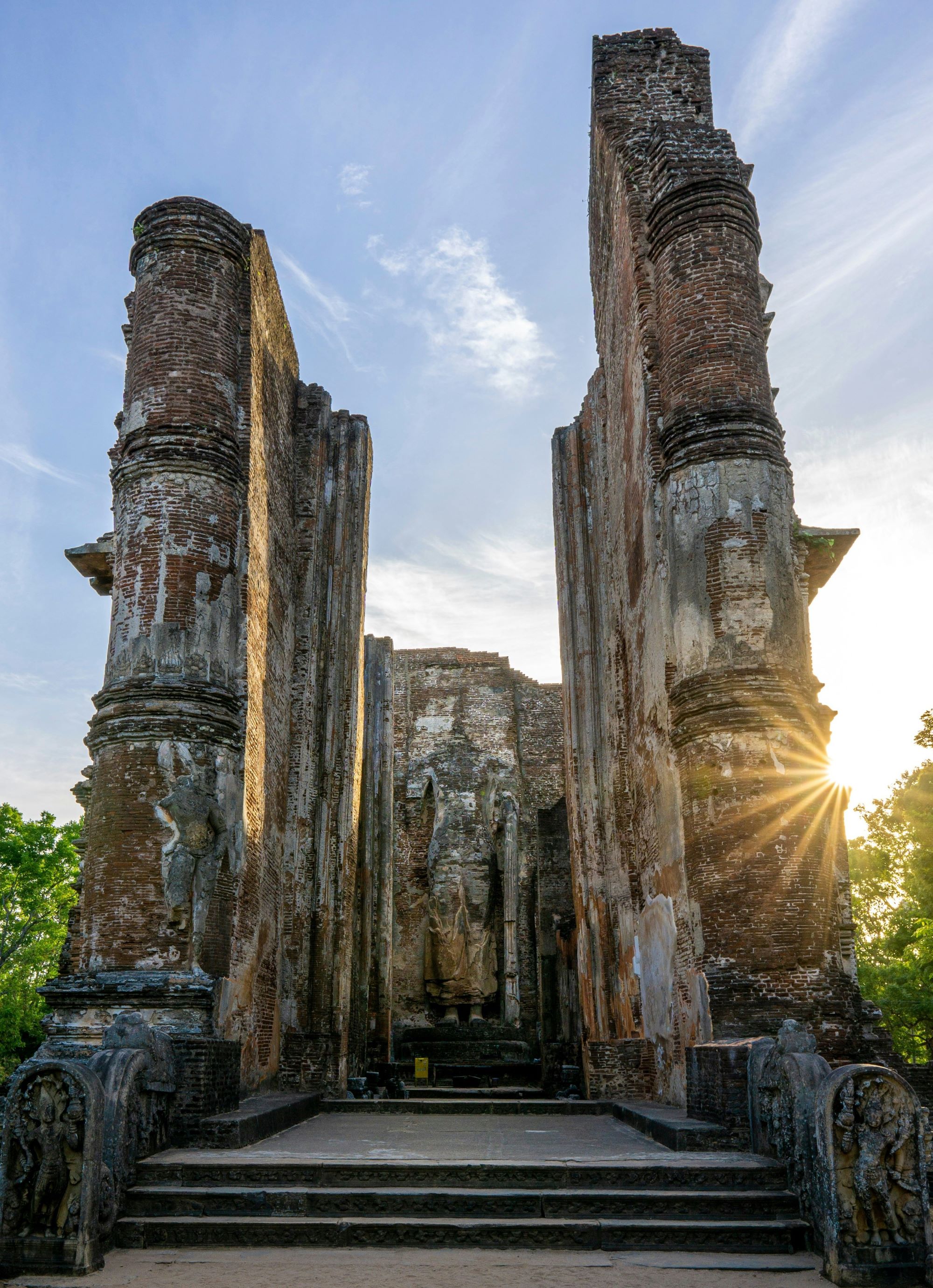
Lankathilaka Image House
The Lankathilaka Image House is renowned for its exquisite architectural and artistic significance. Located in the ancient city of Polonnaruwa, this structure dates back to the 12th century, during the reign of King Parakramabahu I. The Image House, or Vihara, is celebrated for its impressive fusion of traditional Sri Lankan and Indian architectural styles. Its most striking feature is the colossal seated Buddha statue that once dominated the interior, though now only the base remains due to centuries of erosion. The building's grandeur is reflected in its intricate carvings, massive walls, and detailed frescoes that reveal the artistic prowess of the era. The Lankathilaka Image House remains a testament to the rich cultural and religious heritage of ancient Sri Lanka, drawing scholars and tourists alike who marvel at its historical depth and artistic splendour.
When is the best time to visit Polonnaruwa?
The best time to visit Polonnaruwa is during the country's dry season, which typically runs from May to September. During these months, the weather is pleasant with less rainfall, making it ideal for exploring the ancient ruins and archaeological sites. The temperature is also comfortable and warm. Additionally, visiting during this period helps avoid the heavier rains and humidity of the monsoon season, which can sometimes make travel and sightseeing more challenging. For those who prefer cooler weather, the months of November to April also offer good conditions, though it can be a bit more humid and occasional rain showers may occur.
Conclusion
Visiting Polonnaruwa on a guided tour is the best way to explore this ancient city. Our knowledgeable guides can provide invaluable insights into the historical, cultural, and architectural significance of the ruins, helping to bring the past vividly to life. From the grand structures of the Royal Palace to the intricate carvings of the Gal Vihara, a guided tour ensures that you don't miss key highlights and gain a deeper appreciation of Sri Lanka's heritage. Overall, a guided tour not only enriches your understanding but also ensures a more organized and enjoyable experience, allowing you to fully appreciate the beauty and history of Polonnaruwa.
Frequently asked questions
What is the historical significance of Polonnaruwa?
Polonnaruwa served as the second capital of Sri Lanka after the fall of Anuradhapura and was a significant cultural, economic, and political centre from the 11th to 13th centuries. It is renowned for its well-preserved ruins, which reflect the advanced state of ancient Sri Lankan civilization.
What are the must-see sites in Polonnaruwa?
Key sites include the Royal Palace, the Quadrangle with its many important buildings like the Vatadage and Thuparama, the Gal Vihara with its impressive rock-cut Buddha statues, the Lankathilaka Image House, and the Parakrama Samudra reservoir.
How long should one plan to spend in Polonnaruwa?
A comprehensive tour of Polonnaruwa typically takes a full day to cover the main attractions thoroughly.
What should I bring with me for a day tour of Polonnaruwa?
It is advisable to bring sunscreen, a hat, comfortable walking shoes, plenty of water, a camera, and an umbrella or raincoat if visiting during the rainy season.
Are there any specific dress codes or cultural etiquettes to observe while visiting Polonnaruwa?
Visitors should dress modestly, especially when entering religious sites. It is recommended to wear clothing that covers the shoulders and knees. Removing shoes and hats before entering temples and other sacred areas is also customary.
What is the significance of the Parakrama Samudra?
The Parakrama Samudra, also known as the Sea of Parakrama, is an enormous irrigation reservoir built by King Parakramabahu I. It exemplifies the advanced hydraulic engineering skills of ancient Sri Lanka and played a crucial role in the agricultural productivity of the region.
Are there any local legends or myths associated with Polonnaruwa?
One popular legend is about the “Vatadage,” which is said to house a sacred relic of the Buddha. Additionally, many believe that the Gal Vihara's standing Buddha statue represents Ananda, the Buddha's disciple, in a posture of sorrow, which adds a layer of spiritual significance to the site.
Who was King Parakramabahu I, and what was his contribution to Polonnaruwa?
King Parakramabahu I was one of the greatest rulers of Polonnaruwa, reigning from 1153 to 1186. He is credited with extensive construction projects, including the Parakrama Samudra (a vast irrigation reservoir), the Royal Palace, and various temples and monasteries, which contributed to the city's prosperity and growth.
Sri Lanka travel guides
The best places to visit in Sri Lanka
Ancient tradition meets modern-day. Lush greenery meets thriving city life. Asian culture meets European influence. In a country packed full of contrasts, we've handpicked our highlights, from the Lion Rock fortress of Sigiriya to the historic cave temples of Dambulla.
Dambulla
Ancient Buddhist temples located in cavernous caves, Dambulla is a unique attraction that we visit on all of our tours to the country. Boasting intricate carvings and Buddha statues dating back hundreds of years.
View tours to similar destinations!
Our customers say
Excellent
4.4 out of 5 based on 275 reviews

